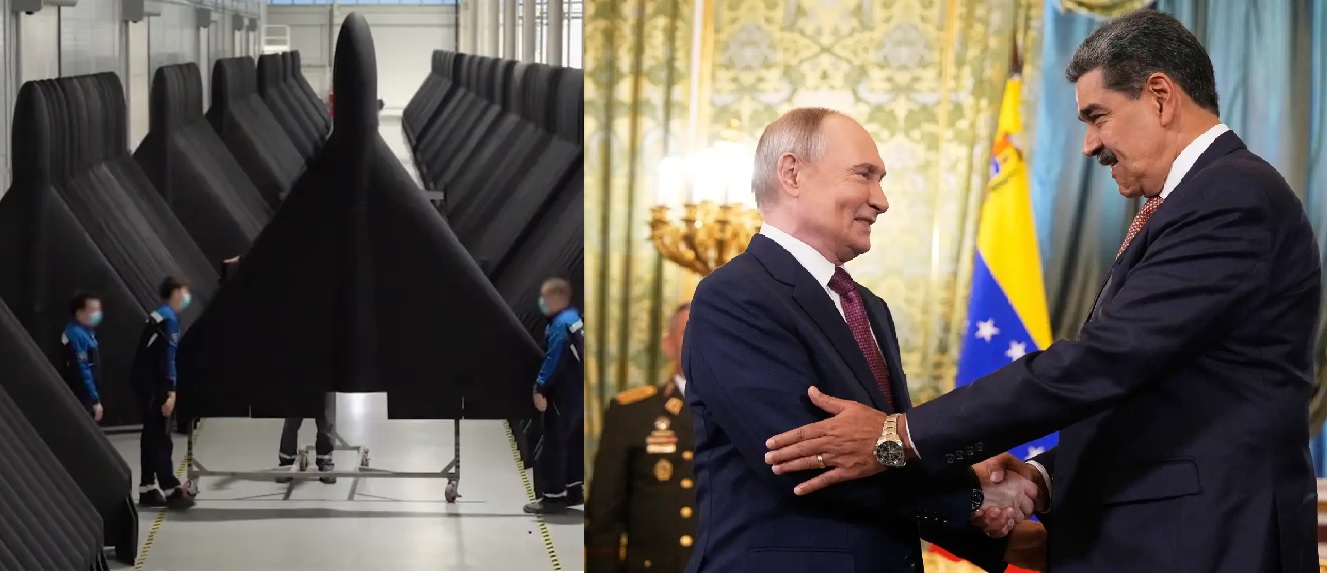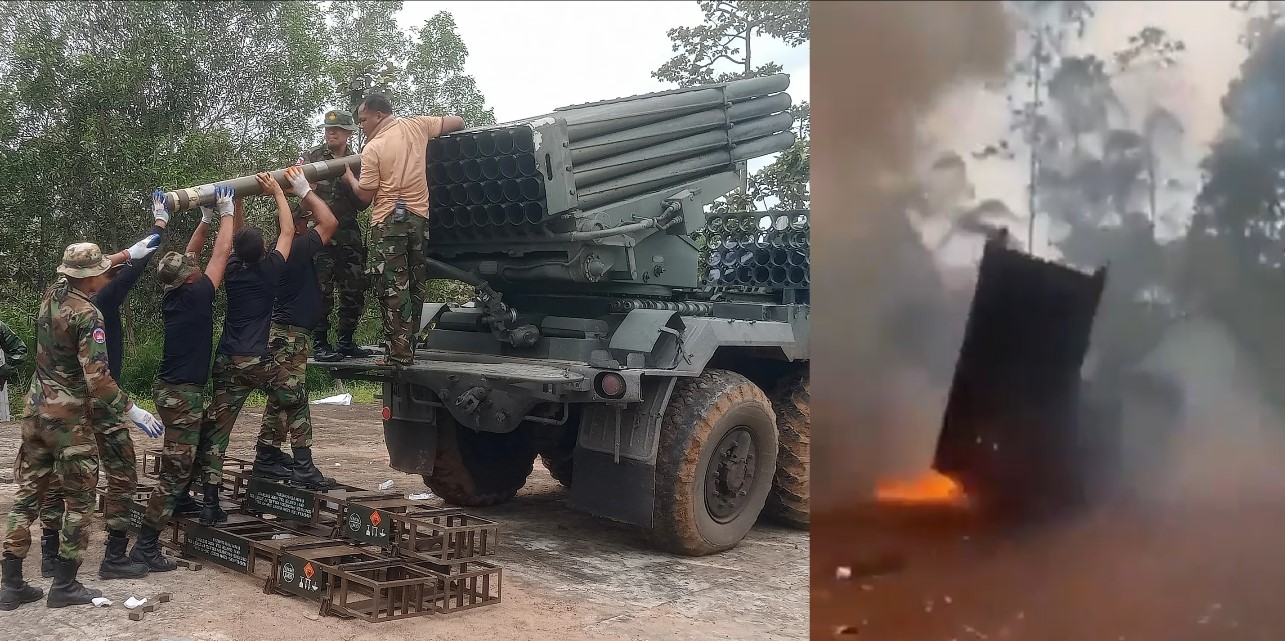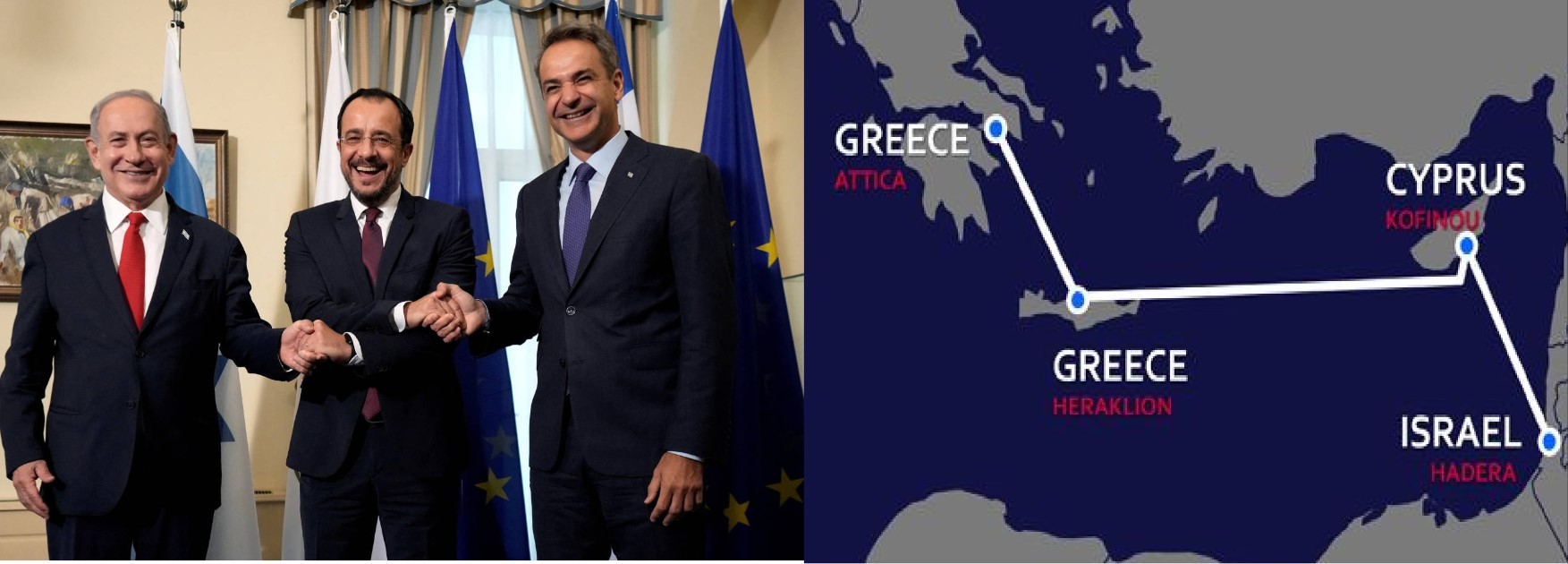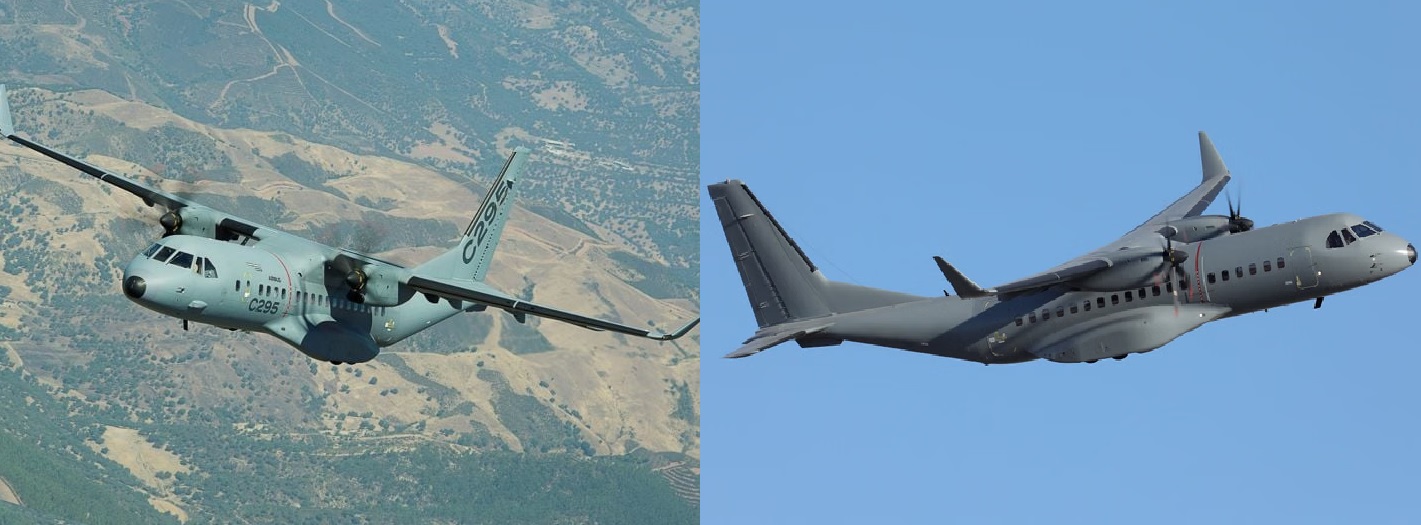Russia May Supply 2,000 Geran-2 Drones to Venezuela to Counter U.S. Presence in the Caribbean

Russia is reportedly preparing to supply up to 2,000 Geran-2 loitering munitions to Venezuela, marking what could be one of the largest drone transfers ever made by Moscow. The proposed delivery would dramatically strengthen Venezuela’s surveillance and strike capabilities and signal a deeper strategic partnership between the two nations. According to defense sources, the deal is part of a broader regional effort that could also see the deployment of similar systems in Cuba and Nicaragua, both long-time allies of Russia in Latin America.
Geran-2 Drone: Capabilities and Specifications
The Geran-2, known internationally as the Shahed-136, is a low-cost loitering munition designed for long-range precision strikes. Despite its simplicity, the drone has proven highly effective in recent conflicts due to its range, payload, and swarm capability.
Key specifications include:
-
Length: ~3.5 meters
-
Wingspan: ~2.5 meters
-
Maximum Takeoff Weight: 200–240 kg
-
Warhead: 40–50 kg (high explosive)
-
Range: 1,000–2,000 km (depending on mission profile)
-
Cruising Speed: 170–180 km/h
-
Guidance System: GNSS/INS, with autonomous flight capability
Constructed largely from composite and lightweight materials, the Geran-2 is inexpensive, easy to mass-produce, and difficult to detect due to its small radar cross-section and low engine noise.
Strategic Implications for Venezuela and the Region
If delivered, the Geran-2 drones would significantly enhance Venezuela’s regional deterrence posture. With a range of up to 2,000 km, the drones could cover the entire Caribbean basin, including areas near Puerto Rico, the Dominican Republic, and Central America. Such coverage would allow Venezuela to monitor maritime movements and potentially threaten adversarial assets operating close to its borders.
Defense analysts say that even a partial deployment—just 10–20 percent of the proposed number—could enable saturation attacks, forcing adversaries to expend costly air-defense interceptors against cheap targets. For a nation like Venezuela, which faces U.S. sanctions and limited access to modern aircraft, the Geran-2 offers an affordable way to maintain credible defense and strike options.
Russia’s Strategic Motives
Moscow’s reported willingness to arm Venezuela with the Geran-2 is part of a broader global balancing strategy aimed at expanding its defense footprint beyond Europe and Asia. Following years of Western sanctions, Russia has increasingly looked toward Latin America, Africa, and the Middle East to expand defense exports and deepen alliances.
Venezuela already operates a range of Russian-supplied systems, including Su-30MK2 fighters, S-300VM long-range surface-to-air missiles, and Buk-M2E medium-range systems. The addition of a large drone fleet would mark the next phase in that partnership—one focused on unmanned and asymmetric warfare capabilities.
Possible Involvement of Cuba and Nicaragua
Reports suggest that both Cuba and Nicaragua are being considered for potential Geran-2 deployments or basing support. Such an arrangement would allow Russia and its regional allies to maintain a distributed drone presence across multiple countries, extending surveillance coverage and complicating any adversary’s response strategy.
If realized, this network would create the first coordinated drone-based deterrence structure in Latin America, providing Moscow with strategic visibility and influence near U.S. maritime approaches.
Challenges for Venezuela
While the potential acquisition represents a major leap in capability, it also comes with practical challenges. Venezuela will need to build infrastructure to store, launch, and maintain thousands of drones, along with establishing a trained operator corps. Integrating these drones into its existing command-and-control network and synchronizing them with radar systems will also take time and investment.
Moreover, Venezuela’s economic constraints and exposure to international sanctions could slow procurement and maintenance. Nonetheless, Russia’s growing domestic production capacity for Geran drones—reportedly reaching several hundred units per month—means delivery could be feasible over the next few years.
Regional and International Reactions
Any confirmed transfer of Geran-2 drones to Venezuela would likely provoke a strong reaction from Washington. The United States and its regional partners are expected to view such a deployment as a destabilizing development, expanding Russian influence in an area long considered part of the U.S. strategic sphere.
Regional governments may also express concern over the potential militarization of Caribbean airspace, particularly if the drones are stationed in or near Cuba and Nicaragua. The development could prompt new discussions on regional air defense coordination and renewed U.S. security initiatives in Latin America.
✍️ This article is written by the team of The Defense News.






